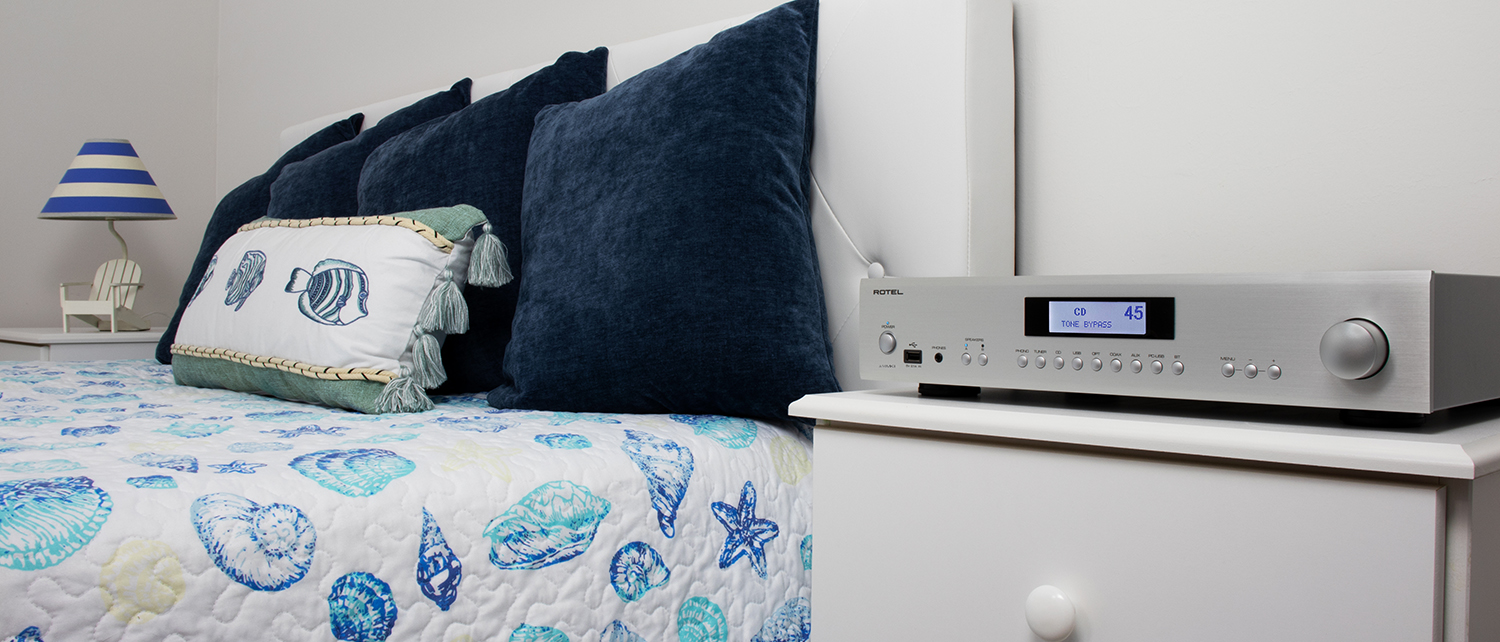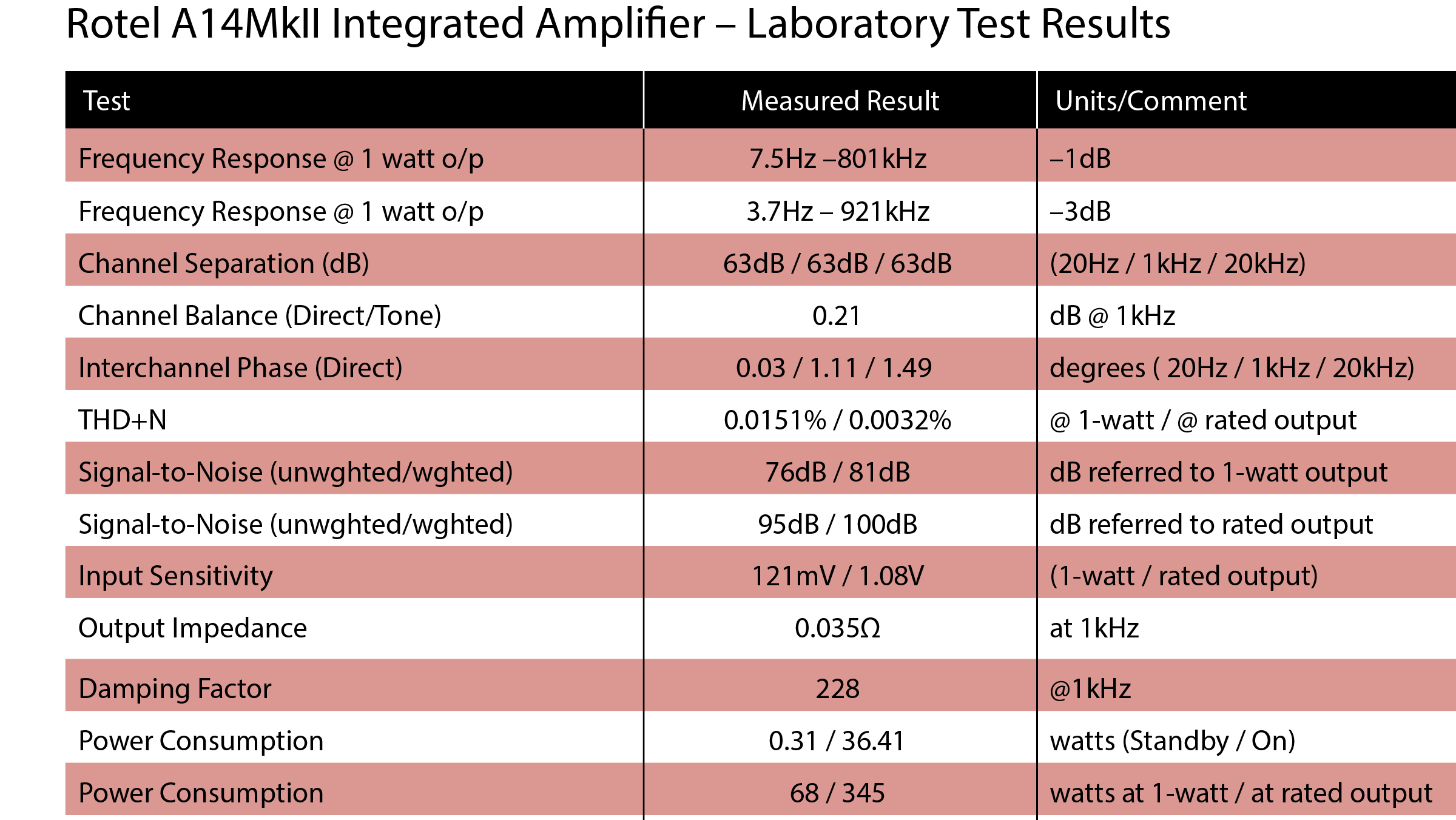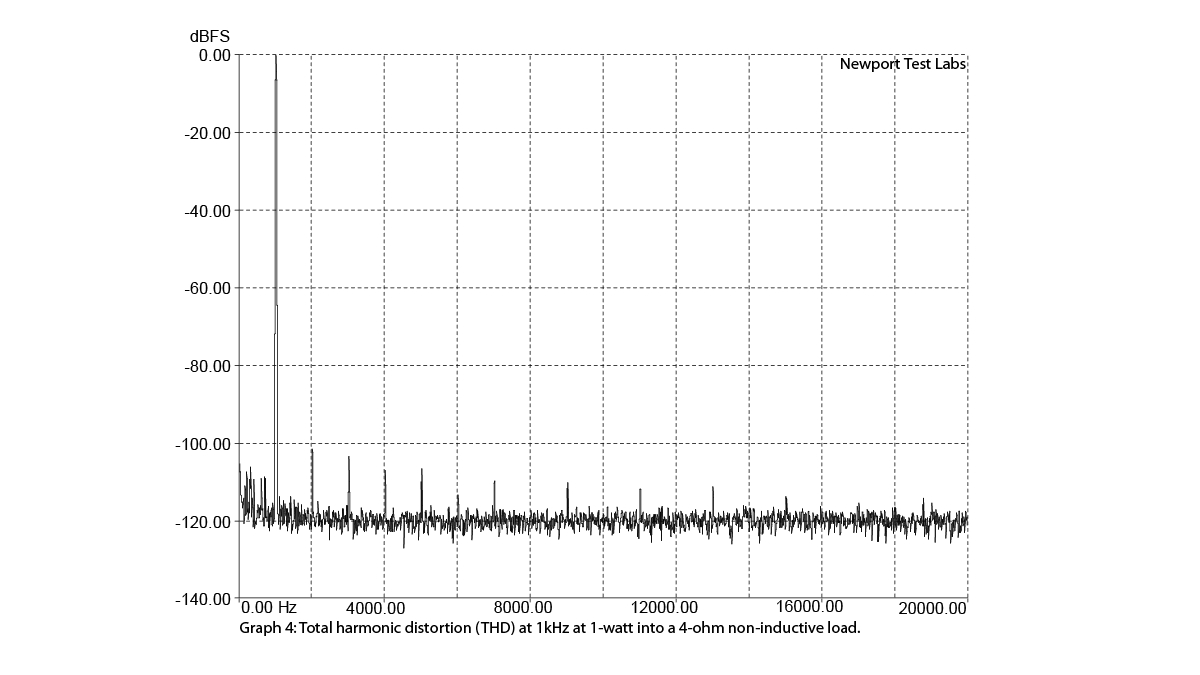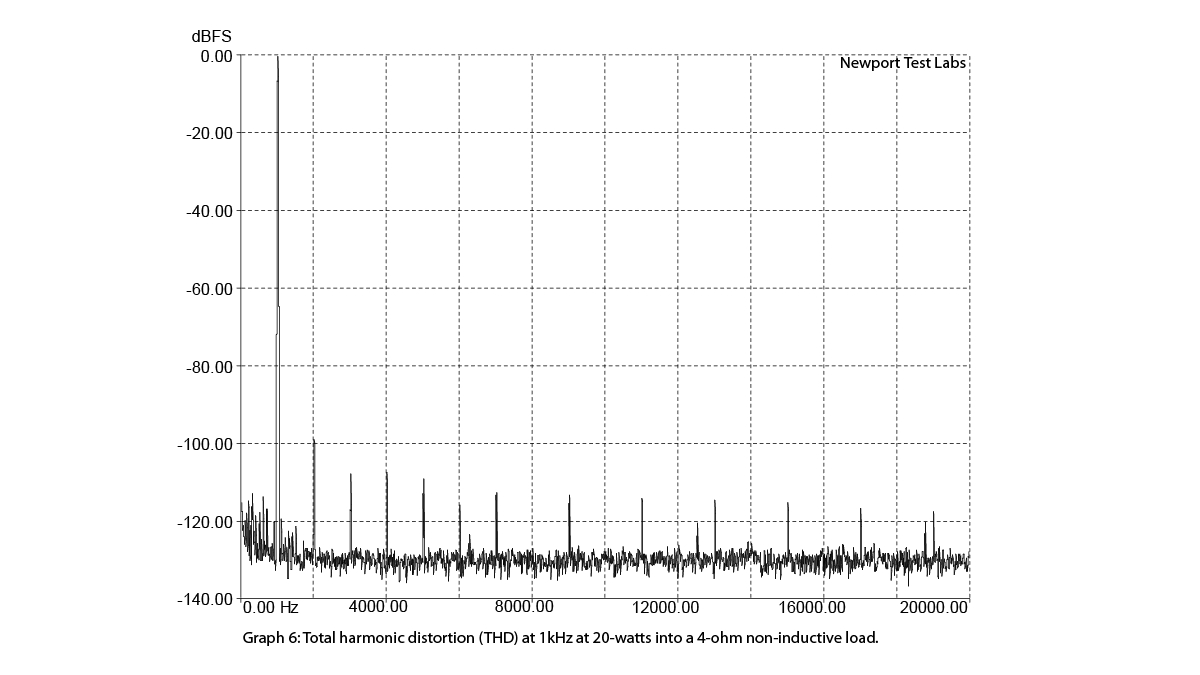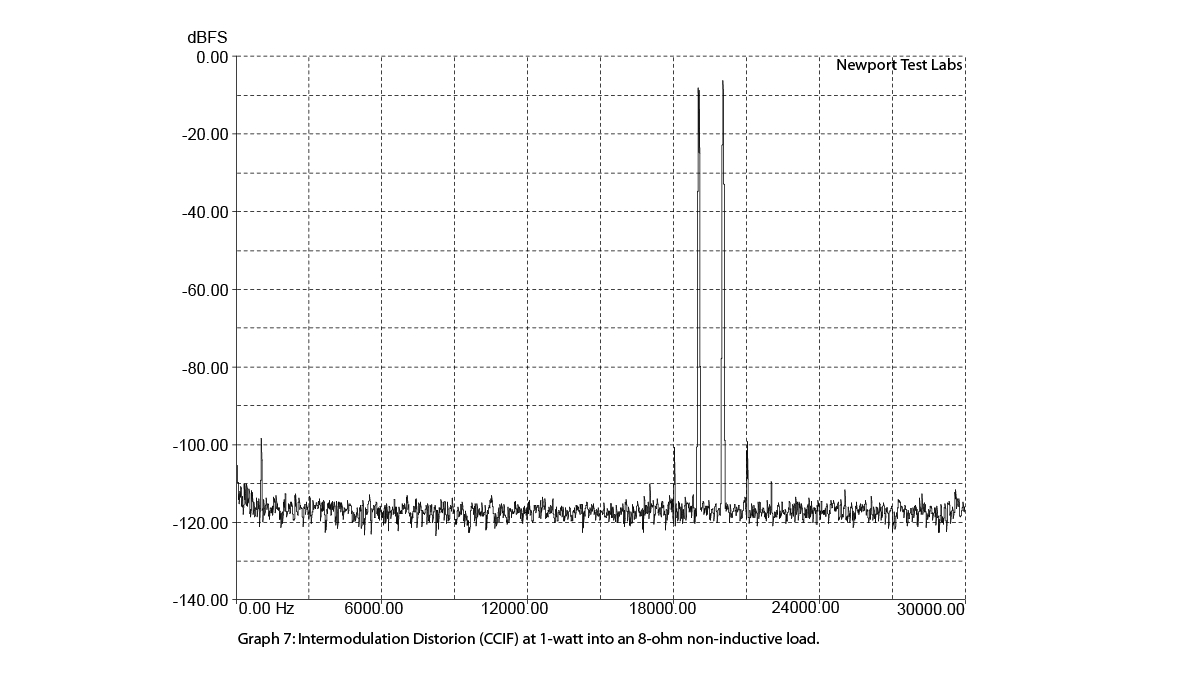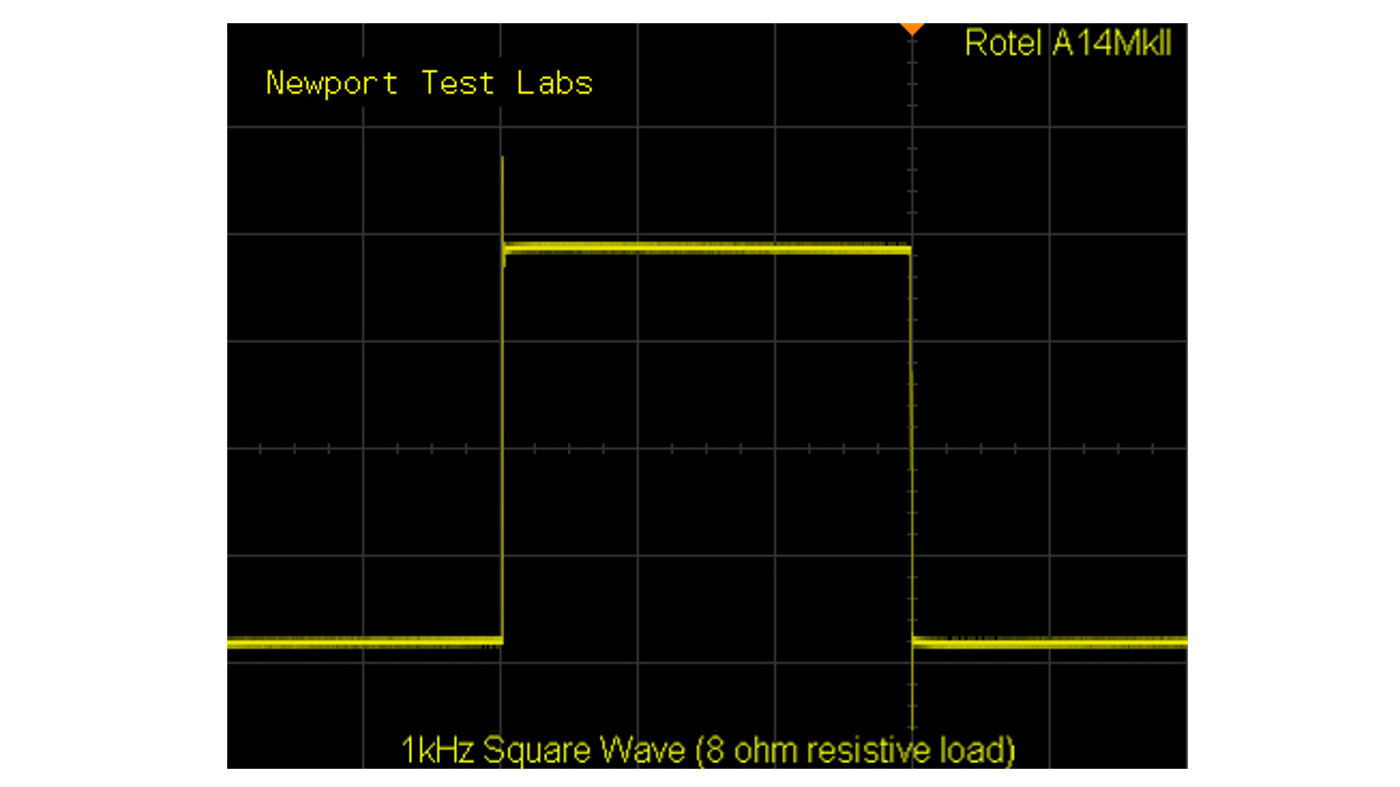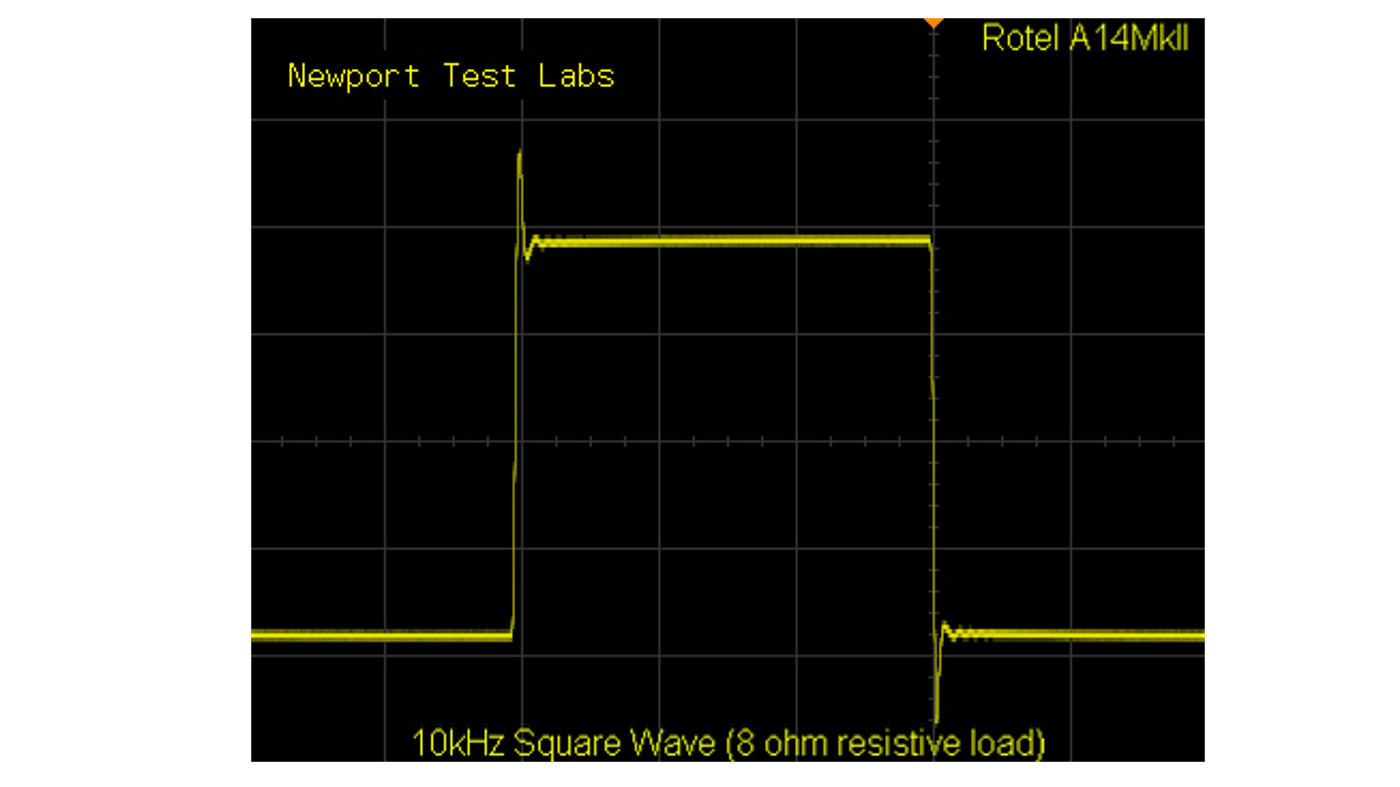What Hi-Fi? Verdict
Despite a sometimes unintuitive menu systemt, the A14 MkII from Rotel offers stunning sound and aesthetics for a more-than reasonable price.
Pros
- +
Great value
- +
Great looks
- +
Great sound
Cons
- -
3.5mm headphone output
- -
Menu system could be improved
Why you can trust What Hi-Fi?
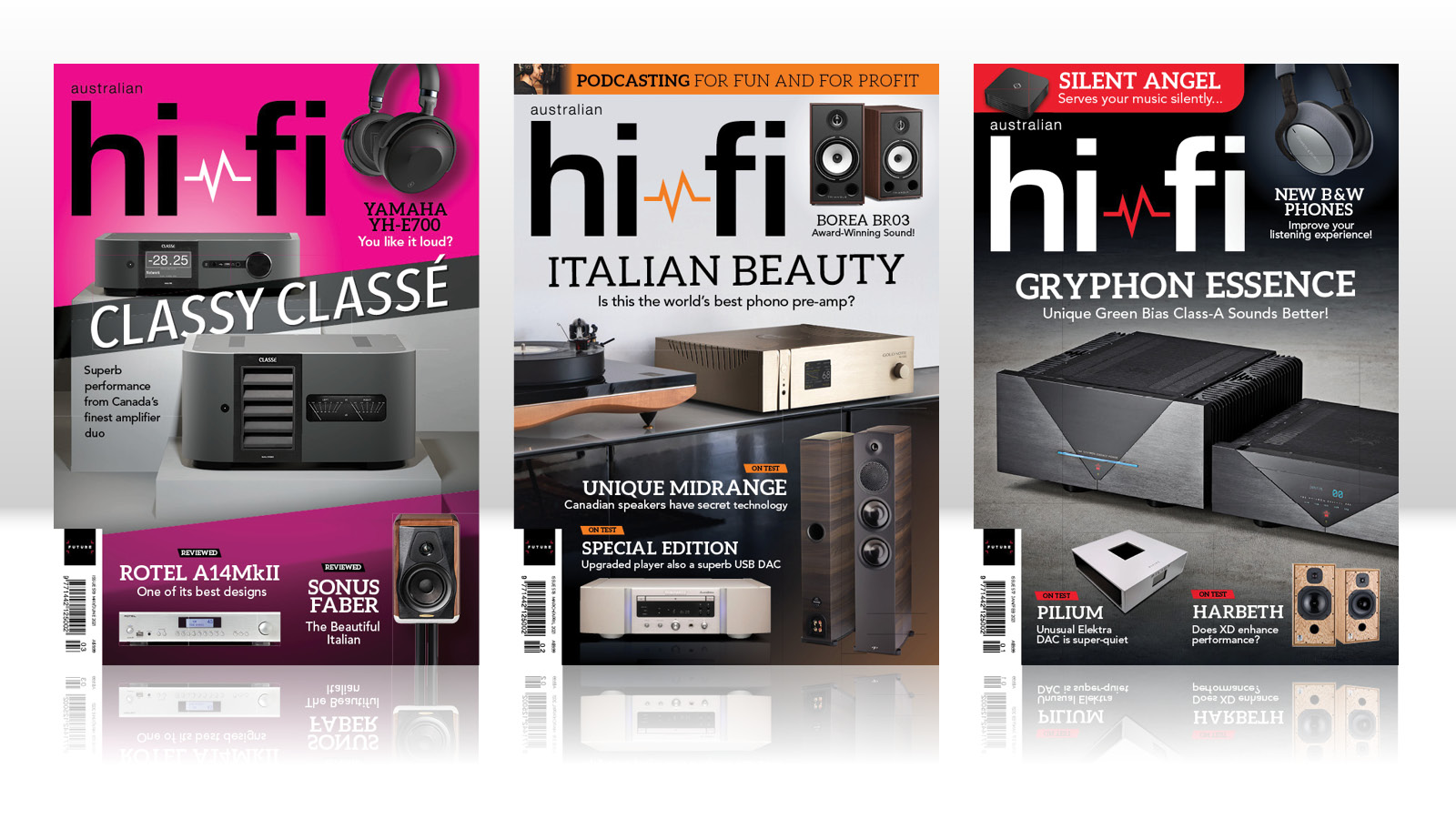
This review and test originally appeared in Australian Hi-Fi magazine, one of What Hi-Fi?’s sister titles from Down Under. Click here for more information about Australian Hi-Fi, including links to buy individual digital editions and details on how to subscribe.
It is hardly surprising that Rotel should bring out a MkII version of its highly popular A14 integrated amplifier, which is the flagship model in its 14 Series. Manufacturers of digital-to-analogue converters are constantly releasing upgraded ICs (and deleting older ones from their inventory) so manufacturers who use those ICs are in turn having to constantly re-design products to accommodate the latest silicon.
Then there are the situations such as one that is currently affecting audio manufacturers right around the world: A disastrous fire on October 21, 2020 completely destroyed the factory in Nobeoka, Japan, where Asahi Kasei Microsystems manufactured its DACs and ADCs so these devices were no longer available. I don’t know if it’s a co-incidence or not, but the biggest change between the original Rotel A14 and this new Rotel A14MkII is a complete change of DAC.
Whereas the original A14 used an AKM device, this new A14MkII has a Texas Instruments 32-bit/384kHz device on board.
In addition to the new circuitry required to support the new DAC, Rotel also took the opportunity to revisit the output filters and the design of the power supply, whose circuitry now resembles the topology used in Rotel’s ‘Tribute’ amplifiers.
The company says it also “made additional circuit changes in the signal path circuits provide a richer and fuller audio performance with even more life-like reproduction of the audio.”
Features
At a time when many amplifier manufacturers are removing inputs, presumably in an attempt to keep costs down, the Rotel A14Mk II is simply brimming with them; so many, in fact, that’s it’s likely you’ll never get around to using them all.
It has four line-level analogue inputs (labelled CD, Tuner, Aux 1 and Aux 2) as well as an analogue phono input (set up for a typical moving-magnet cartridge).
The latest hi-fi, home cinema and tech news, reviews, buying advice and deals, direct to your inbox.
As for analogue outputs, you get two speaker outputs (A and B, switchable), a line-level output (which could be used to drive a powered subwoofer) and a headphone output on the front panel.
The headphone output is only a 3.5mm stereo jack, rather than a full-sized one, which might have been preferable on a full-sized component such as the A14MkII. Also, the headphone socket’s shroud is black, along with the shroud around the USB input alongside it, which means they’re invisible if you choose the A14MkII in its black finish, but are obvious if you opt for the silver finish.

On the digital side the A14MkII not only has four hard-wired digital inputs (two coaxial and two optical) but also a USB input, and Bluetooth aptX wireless on board. There’s an Ethernet input on the rear panel, but it’s only to enable software updates and for IP control when integrating with home automation systems (there’s also an RS-232 input for the same purpose).
The changes wrought in the power supply have had no impact on the amplifier’s rated output power, with Rotel claiming the self-same output of 80-watts per channel into 8Ω and 150-watts per channel into 4Ω for the A14MkII as it did for the earlier A14. The power supply itself is still an all-analogue affair that uses a toroidal transformer manufactured in-house by Rotel itself along with four slit-foil capacitors. The output stage uses bipolar output transistors in a Class-A/B configuration.
Listening
The display on the front panel of the Rotel A14MkII is a rather low-resolution type, not one of the newer hi-res OLED types, which I guess is what helps keep the price of this amplifier down so low.
Although you can switch the display brightness through seven different levels, it can’t actually be turned off (or, if it can, I could not work out how to do it!).
Interestingly, dimming the display does not dim the LEDs used on various of the front panel controls. If you want these dimmed, you do it separately. This dual-dimming function is unusual, but I can see that it would have applications, and is made more useful as a result of the main display not being able to be switched off.
The display itself is necessary because of the multiplicity of user options provided on the A14MkII: in point of fact there are 30 different screens of information available to you. I know this partly because when I made a mistake setting one of the options, I found that I couldn’t go backwards to the previous screen to correct the setting I made, but instead had to scroll through all 30 of those screens to get back to where I was and make the correction.
The fact that I had to perform such a manoeuvre makes me think that it is very likely there is some way of going backwards though the menu items, or that Rotel might want to come up with a way and update firmware. If there is currently a way, I just couldn’t find it, even with the help of the manual.
Speaking of which, the Owner’s Manual itself isn’t particularly user-friendly, whereas the A14MkII itself is actually very user-friendly. Indeed the Rotel A14MkII is so user-friendly that I think that rather than read the manual to discover all its features and facilities, you’d be better off just pressing the ‘Menu’ button and then scrolling though it in order to see what settings are available and which of them you might like to change and which of them you might like to leave in their default position.
Do this and you will find that you have bass and treble tone control functions, along with balance. If you decide to set these, rather than leave them in their default ‘0’ positions, whatever settings you applied will be remembered even if the amplifier is turned off. The settings, however, are global, so they’re applied equally to each signal source – you can’t set them separately for each individual source as you can with some other amplifiers.
You will also discover you can pre-set a turn-on volume, to which the A14MkII will default whenever it’s switched on. It’s preset at ‘45’ which, of course is a nominal level, because the output will depend on the voltage at the A14MkII’s input.
Rotel calls this feature “Power On Max Volume” which kind of conflates two different operational concepts, because with some amplifiers you can actually set both a turn-on volume level and a maximum volume level. Here you can only pre-set the turn-on volume, after which you can increase it to whatever volume your heart desires (or, more relevantly, whatever sound pressure level your ears can withstand).
As for the volume level, if you’re coming out of standby mode, the A14MkII not only comes on set to play whatever source you were using when you switched it to standby, but also at whatever volume level you were listening to when you did.
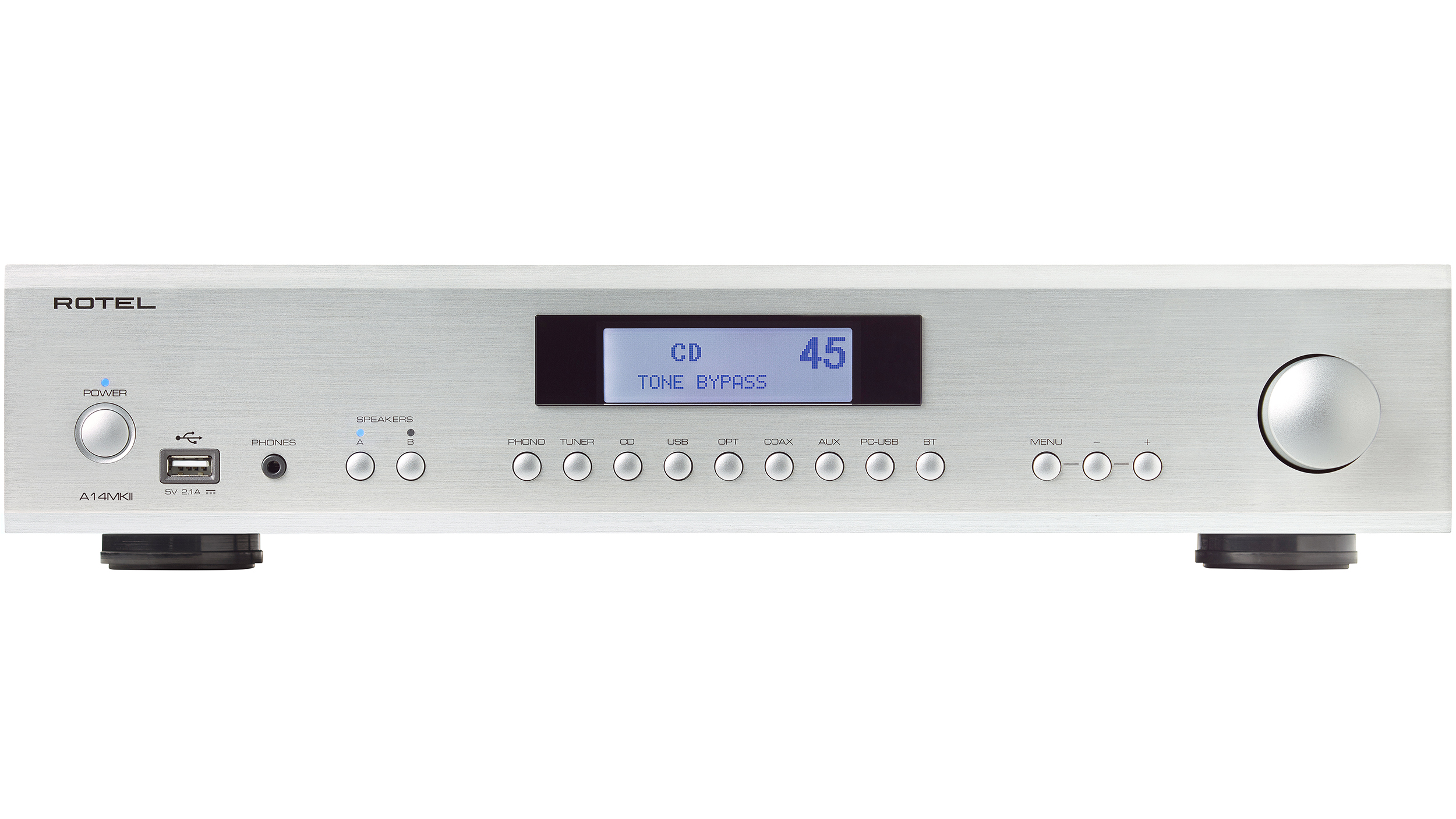
The menu also allows you to choose whether the USB Power socket on the rear panel (which, as the name suggests, is solely a power socket, it’s not for audio signal input) will supply USB power all the time, or only when the A14MkII is switched on. The default is for the USB power socket to provide power only when the A14MKII is powered on - at least it is here in Australia. This feature is to ensure the amplifier complies with power regulations in the different countries in which it's sold, so in other countries the default configuration may be for the USB power socket to be off.
Keep going through the menu and you’ll find you can arrange for the A14MkII to switch off automatically after a set period when no signal is detected (20 minutes, 1 hour, 2 hours, 5 hours, 12 hours) or not switch off at all, but remain permanently on. You can also choose to have it switch on automatically when a signal is detected at an input (signal sense mode) or not.
You can keep cycling through all 30 ‘screens’ until you’re back at the start. Most of the screens are completely self-explanatory, but if you run across one about which you’re not quite sure what to do, well then it’s time to consult the Owner’s Manual.
I used almost all of the Rotel’s inputs during the course of this review, using my turntable, my CD player, my network audio player and my MacBook Pro and the Rotel worked flawlessly with all of them. I don't use Bluetooth or have any MQA files, so I can't report on these features Rotel provides on the A14MkII.
For most – but not all – of the following music I discuss, the digital was auditioned both via the coaxial input and the USB input, and wherever possible across various different sampling rates the A14MkII is able to handle, but profess that I was totally content listening to 16-bit/44kHz data rates and the great majority of my listening for this review was done using those rates.
Straight off the bat, I was genuinely surprised by the amount of power that was obviously available. I guess that the advent of half-way decent Class-D amplifier designs has accustomed me to Class-D amplifiers with relatively small chassis producing large amounts of power, but it’s still something of a surprise to find it in a Class-AB amplifier.
There’s so much power that if you use the Rotel A14MkII in combination with speakers of above-average efficiency – or even of average sensitivity – I really think it will provide all the power you need and more, even on those few festive occasions when you might be cranking up the volume more than usual.
Not only is there plenty of power available, but it’s good clean power too! Checking performance across a wide range of volume levels I could not hear any audible distortion, even listening at the highest levels I dared. Conversely, when listening at very low levels, such as when I was working at night and did not want to disturb the children, I was impressed by how little noise there was.
And when I say ‘little’ what I really mean was none. This is a super-quiet amplifier with no hiss or hum audible whilst you’re playing music. (And, since it has no fans, there isn’t any fan noise, which can be an issue if you are listening to quiet music late at night.)
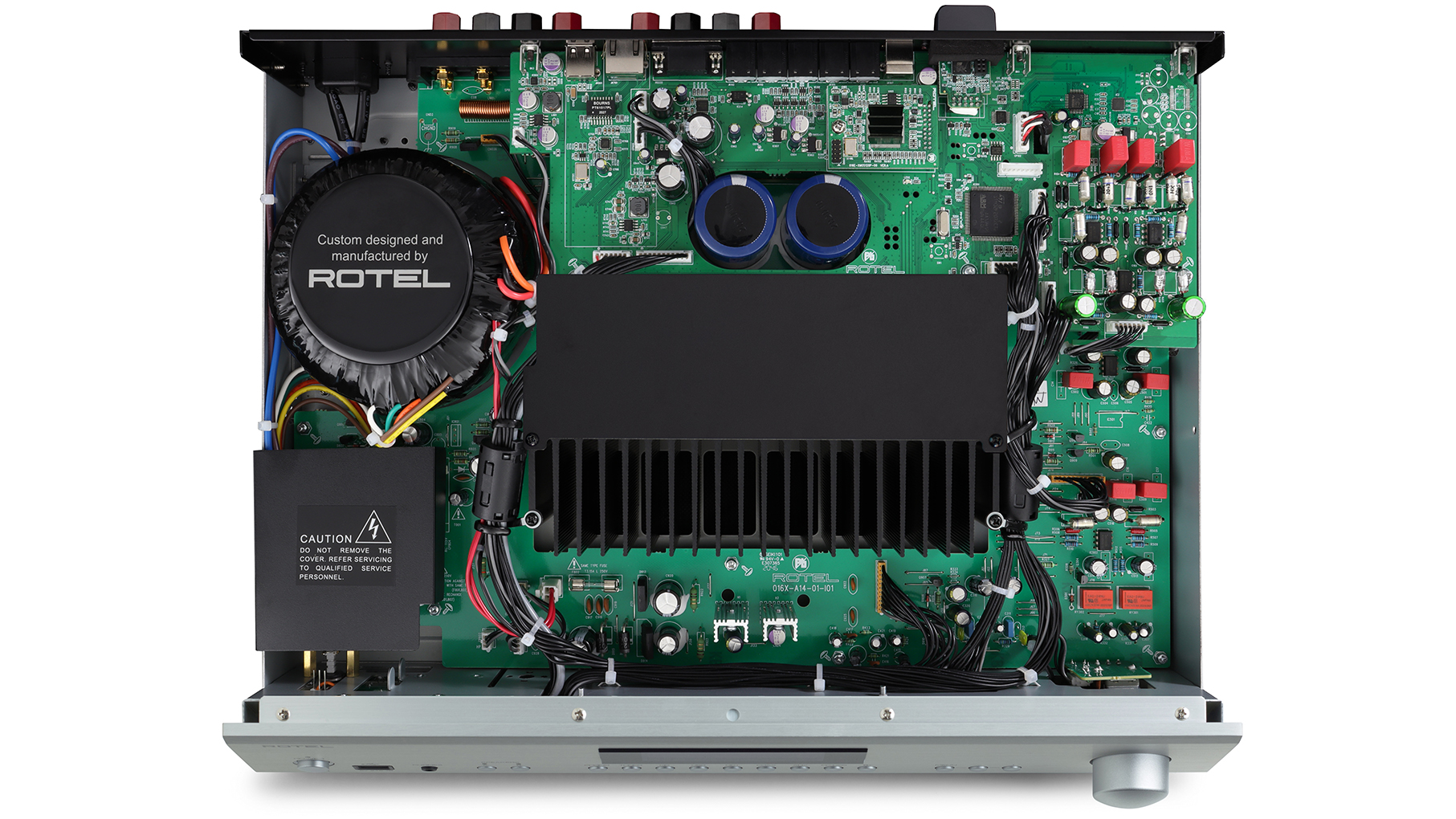
Looking for an injection of 16-bars to fuel a craving, I pulled out an old favourite, Bluesiana Triangle, which Art Blakey put down shortly before his death in 1990. Despite being at the end of his career (age-wise, as well literally!) Blakey’s drumming on it is as crisp and on-beat as ever, the only difference between it and his early work being that his dynamics are not quite so shaded, due to his hearing loss.
He always surrounded himself with good musicians though, and the band that recorded this (Blusiana Triangle, same name as the album) was comprised of Dr. John (guitar, organ, piano, vocals), David ‘Fathead’ Newman (flute, saxophone, backing vocals) and Essiet Okon Essiet (bass and backing vocals) so it was a sparkly line-up of musical talent.
Blakey was obviously using this album to take his music in a different direction, because it’s not what you’d expect, particularly the appearance of Thomas Brigham Bishop’s comedy composition Shoo Fly Don’t Bother Me, which I’d normally skip over if I saw it on a track listing, but here has such great drumming by Blakey that I can never bring myself to do that.
Listen particularly for the cymbal sound, which is glorious, and was delivered in all that glory by the A14MkII. The Rotel delivered the goods across the entire kit on the extended drum solo (well, not quite solo, Essiet’s still working the strings).
The Rotel’s ability to deliver perfectly timed bass was demonstrated just listening to Essiet’s playing on this album, particularly on Blakey and Newman’s own Need to Be Loved, which is a complex piece and has incredible sax sound, as well as some of the cleanest-recorded drum sound I think I’ve ever heard.
It’s probably the best track on this album as well, and since the close-out track, For All We Know, was written by J. Fred Coots, whose claim to fame was Santa Claus is Coming to Town, that’s saying something! Plus this album probably has the best version of When The Saints Go Marching In that I’ve heard, though I could have done without the Essiet’s boring bass line during Joe Bonadio’s percussion break.
As for that close-out track, it’s a doozy–echoey, mournful, elegiac, smashing sax, piano that tinkles and stabs, bass lines that explore the E string, and once again, the sound of Blakey’s kit as clean as a whistle. Sublime.
One of my go-to albums for midrange is Rebecca Pidgeon’s ‘The Raven’ which has the advantage that being a Chesky production, it’s not only beautifully recorded, but is available across multiple platforms including CD, vinyl, and WAV in everything up to 176/24. Her voice is recorded almost dry and there’s been no fiddling, so that when she occasionally goes off-pitch it hasn’t been corrected.
My favourite track on this is probably the title track, not for her voice, but for the delicate backing provided by piano and violins. The ‘full-ness’ of the acoustic was delivered exactly by the Rotel A14II. But if you want a totally full acoustic, plus a new musical experience, with which to audition the Rotel A14MkII I can do no better than recommend listening (over and over) to ‘The Art of Losing’, the latest album by Welsh singer-songwriter Catherine Anne Davies (who goes by the moniker the Anchoress).
Well-versed in the art of losing (a diagnosis of cancer, the death of her father, and a series of miscarriages in quick succession), Davies pours all of her losses into ‘The Art of Losing’. Unusually for a modern album, the stand-out feature of this work is the lyricism, but you may be too busy surviving the aural assault to pay it too much attention.
If you do listen, you will understand why she earned her Ph.D in literature, and how she derives her track names (The Art of Losing comes from Alice Zeniter’s novel of the same name and The Heart is a Lonesome Hunter comes from the 1940 debut novel by Carson McCullers, while All Farewells Should Be Sudden is a quote by Lord Byron [not The Verve!] and that’s just three of the thirteen track names explained – knock yourself out tracking down the sources of the names of the others.)

Final verdict
Unless you’re buying an amplifier specifically to impress your friends, it’s hard to come up with any reason of why you’d want to spend any more than what Rotel is asking for its A14MkII. It’s a damn’ fine bit of kit.
In-depth lab test results
Newport Test Labs measured the Rotel A14MkII’s power output as being comfortably above specification driving both its channels into 8Ω loads, with the Rotel delivering a best result at a frequency of 1kHz of 105-watts per channel. At 20kHz output dropped a little to 100-watts, while at 20Hz it dropped further again, to be 90-watts per channel, still 10-watts per channel higher than specification.
You can see from the bar graph above showing power output into 8Ω for both channels driven and single channel driven that single-channel output was much higher again, indicating both that Rotel is using an unregulated power supply and that the amplifier’s ‘dynamic’ short-term power output would be far higher than the continuous figures shown here.
Measured into 4Ω loads the Rotel comfortably met its specification at 1kHz, with Newport Test Labs measuring continuous power output at 156-watts per channel, both channels driven. At the frequency extremes the A14MkII delivered somewhat less, returning 126-watts per channel at 20Hz and 146-watts per channel at 20kHz.
Despite being less than 150-watts, these results are not ‘below specification’ because Rotel does not specify power output at these frequencies, merely a ‘Max Output’ figure.
The amplifier is not suited to continuous output into 2Ω loads, and will simply mute its output if connected to such a load and the words ‘Amp Protection’ will appear in the front panel display.
There are very few loudspeakers that will present a 2Ω load at any frequency so the only time you’re likely to see this is if you accidentally short-circuit the output terminals. That said, I would recommend using speakers with a nominal impedance of 4Ω or higher if you are using just a single set of speakers, and 8Ω if you’re using two pairs and plan to operate both pairs at the same time.
The overall frequency response of the Rotel A14MkII was incredibly wide-band, with Newport Test Labs measuring the 1dB down-points at 7.5Hz and 801kHz and the 3dB downpoints at 3.7Hz and 921kHz! This high-frequency extension was helped along by a rise in the amplifier’s high-frequency response above the audio band to a peak of 3dB at 500kHz.
The frequency response within the audio band is shown in Graph 1 for a standard non-inductive 8Ω test load (black trace) when the tone control circuitry is defeated and also for when the tone controls (which are implemented via DSP) are in-circuit, but are set at 0dB.
You can see that the ‘direct’ frequency response is superbly linear overall, particularly across the midrange. You can see the response start to rise just before the 20kHz vertical and then continue to rise to be about 0.2dB up at 50kHz, on its way to the peak at 0.5MHz mentioned in the previous paragraph.
As for the opposite end of the frequency band, you can see the frequency response starts rolling off very slightly below 100Hz, but so slightly that it’s only about 0.15dB down at 20Hz and 0.5dB down at 10Hz.
When the tone controls are in circuit, the first thing to note is that overall output drops by about 0.4dB, as you can see for yourself on the graph. It’s also not completely flat, with a slight (very slight!) peak at 8–9kHz, followed by a roll-off to 20kHz, followed by a rising response.
The effect of the A14MkII’s tone controls on the frequency response is shown in Graph 2. You can see that if used, they will affect the response across the midrange as well. The amount of boost is about 13dB for both the bass and treble controls, while the amount of cut is around 15dB for the bass control and 10dB for the treble. The boost applied by the treble control does not appear to be shelved, so I wouldn’t recommend using it to apply boost.
Channel balance, which Newport Test Labs measured as being 0.21dB, was not as good as I’d expect to see, but the difference would not be audible, and will be swamped by even the tiniest of loudspeaker positioning errors.
Channel separation was also lower than I would have expected, but the fact that it was exactly 63dB at all three test frequencies, rather than greater at low frequencies and lower at high frequencies leads me to suspect that there could have been a flaw in the test procedure or a very tiny fault in the amplifier that was tested. In any event, 63dB is still more than will be required for the amplifier to deliver perfect stereo imaging and channel separation. The phase accuracy of the two channels was excellent.
Newport Test Labs measured the signal-to-noise ratio of the Rotel A14MkII at 76dB unweighted and 81dB A-weighted referred to one watt. These are good results. Even better are the results when referenced to rated output, as these were measured at 95dB unweighted and 100dB A-weighted.
Graph 3 shows distortion and noise for a 1-watt output into 8Ω loads and you can see that both are very low. There are only five harmonically-related distortion components visible above the amplifier’s –120dB mid-band noise floor and of these, only the good-sounding second harmonic is less than 100dB down, with the graph putting it at around –97dB (0.0014%).
The third harmonic component is at –105dB (0.0005%), the fourth at –110dB (0.0003%), the fifth at –112dB (0.0002%) and the 7th at –113dB (0.0002%). The tabulated results put the total THD+N at 1-watt at just 0.0151%.
Graph 4 shows distortion and noise for a 1-watt output into 4Ω loads and you can see that this time, all harmonically-related distortion components are more than 100dB down (0.001%) but there are more higher-order components now present in the A14MkII’s output and they’re all odd-order harmonics, rather than the more pleasant-sounding even-order.
They are all, however, more than 110dB down (0.0003%) and so would not be audible in any case. The same would be true of the lower-order components, which are the second at –102dB (0.0007%), the third at –104dB (0.0006%), the fourth and fifth at 109dB (0.0003%) and the sixth at –115dB (0.0001%).
Graph 5 shows distortion and noise at an output of 20-watts into 8Ω and you can see first that the already-low noise floor has dropped even lower, so that it’s now more than 130dB down except at low frequencies.
That ‘good-sounding’ second-order distortion harmonic (good-sounding because it’s exactly one octave above the fundamental, and so is euphonic) is still present in the ouput, this time at a level of around –93dB (0.0022%). All the other distortion components are more than 110dB (0.0003%) down, where they’d be completely inaudible.
Graph 6 shows distortion and noise at an output of 20-watts into 4Ω and you can see that although the noise floor is still approximately the same, the low-order distortion components are higher in level than when the amplifier is driving 8Ω loads, save for the 2nd harmonic which, as it did when the amplifier’s output was just one watt, has dropped a little in level, to –98dB (0.00125%).
Nonetheless there are still only three other distortion components higher than –110dB (0.0003162%) and these are the 3rd, at –108dB (0.0003981%), the 4th, at –107dB (0.0004467%) and the 5th at –109dB (0.0003548%).
CCIF-IMD is shown for a one watt output (into 8Ω) in Graph 7 and you can see the Rotel A14MkII returned a stunningly good result. There are only two upper and lower sidebands either side of the twin test signals at 19kHz and 20kHz, with the two highest of these sitting down at –100dB (0.001%) and the other two down at –110dB (0.00031%). There is an unwanted regenerated difference signal down at 1kHz (i.e. 20kHz – 19kHz = 1kHz) but it’s 98dB below reference (0.00125%).
Graph 8 shows that CCIF-IMD is a little higher when the amplifier is delivering 20-watts into an 8Ω load, but although there are now additional higher-order sidebands, they’re still all more than 100dB down and the difference signal has dropped in level to –102dB (0.0007943%).
The Rotel A14MkII returned a nice set of square waves during Newport Test Labs’ series of bench tests, though all of them showed the effect of the amplifier’s non-linear response at ultra-sonic frequencies, in the shape of what looks like an overshoot on the leading and trailing edges of each square wave.
At 100Hz, the overshoot appears narrow, due to the timebase necessary to correctly display the 100Hz wave. The tops and bottoms of the waveform are tilted, which shows that the A14MkII’s frequency response rolls-off below 20Hz, as already demonstrated in the Graphs 1 and 2. However there’s no bending visible, which shows that there’s no phase shift at low frequencies, which is good.
The 1kHz square wave would have been a perfect result, were it not for that h.f. overshoot. You can see the extremely fast rise-time and the perfect symmetry of the waveform for yourself.
The same comments I made regarding the 1kHz test result hold true for the 10kHz waveform, again the rise-time is extremely fast, as you’d expect given the amplifier’s extended high-frequency response: there’s almost no slope on it at all. This time, the DSO’s timebase shows the overshoot as an h.f. sine wave.
When Newport Test Labs put a 2µF capacitor in parallel with an 8Ω non-inductive resistor, to test the Rotel A14MkII’s stability, using a 1kHz square wave, the amplifier proved to be completely stable, as you can see from the oscillogram above.
The Rotel A14MkII’s output impedance of a very low 0.035Ω (at 1kHz) put the amplifier’s damping factor (DF) at 228, which is an outstandingly good result and means it will be able to easily control speakers that generate excessive back-emf. More importantly, it means the sonic signature of the A14MkII will remain the same irrespective of the impedance of the speakers it will be partnered with.
Power consumption was quite typical of a well-designed, efficient Class-A/B amplifier, such that will draw around 60–100 watts from your mains power supply when you’re using it at fairly normal listening levels, and around 345-watts if you were operating it as its maximum capability.
The laboratory bench testing carried out by Newport Test Labs demonstrates that the Rotel A14MkII is a powerful, wideband amplifier which has very low levels of noise and distortion and excellent circuit protection.
Australian Hi-Fi is one of What Hi-Fi?’s sister titles from Down Under and Australia’s longest-running and most successful hi-fi magazines, having been in continuous publication since 1969. Now edited by What Hi-Fi?'s Becky Roberts, every issue is packed with authoritative reviews of hi-fi equipment ranging from portables to state-of-the-art audiophile systems (and everything in between), information on new product launches, and ‘how-to’ articles to help you get the best quality sound for your home.
Click here for more information about Australian Hi-Fi, including links to buy individual digital editions and details on how best to subscribe.
